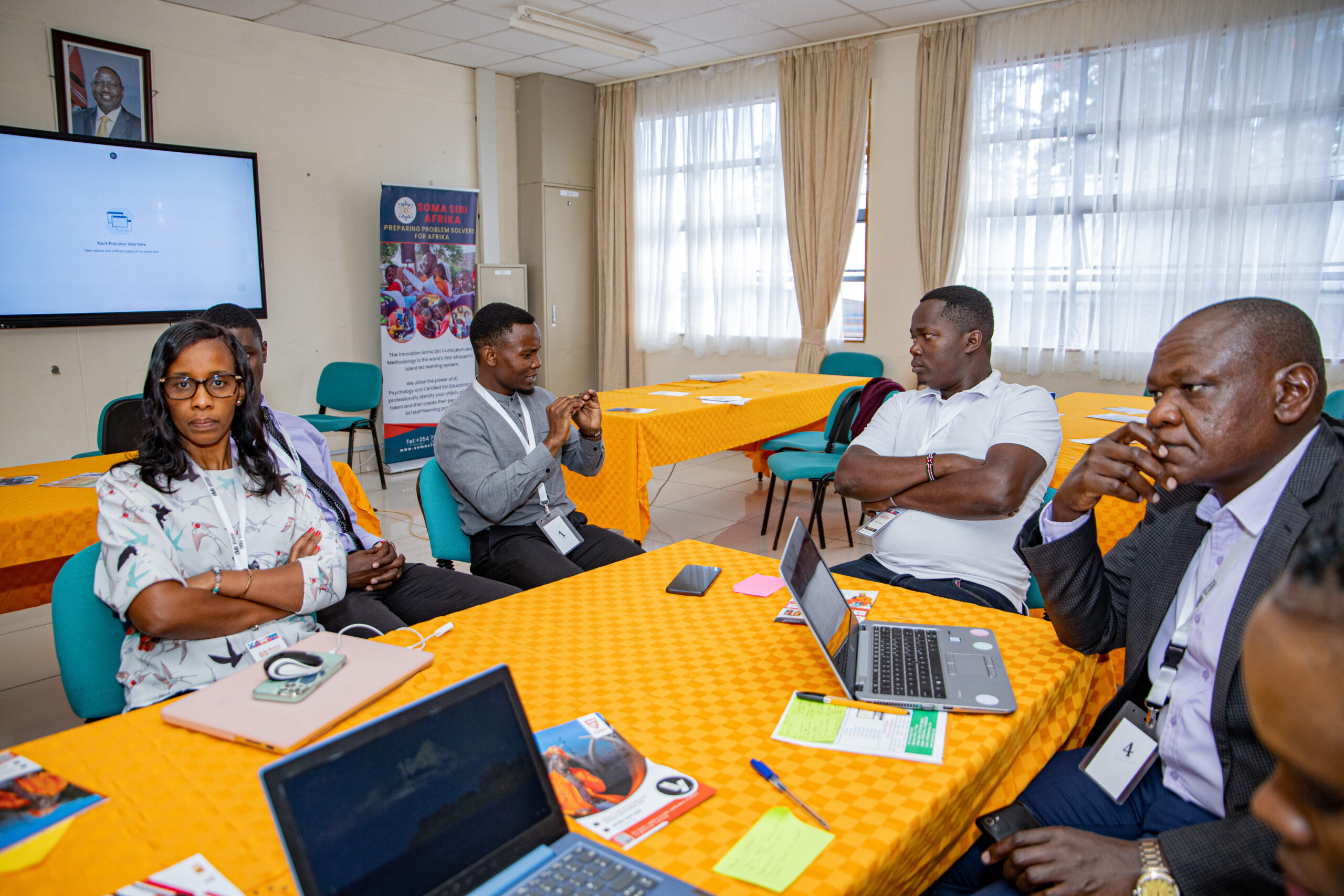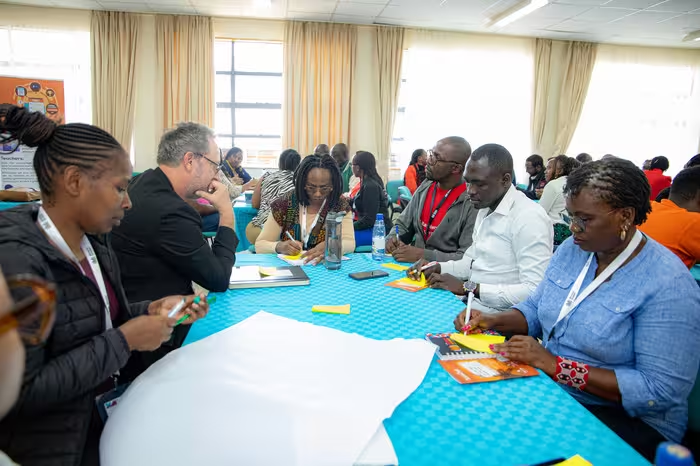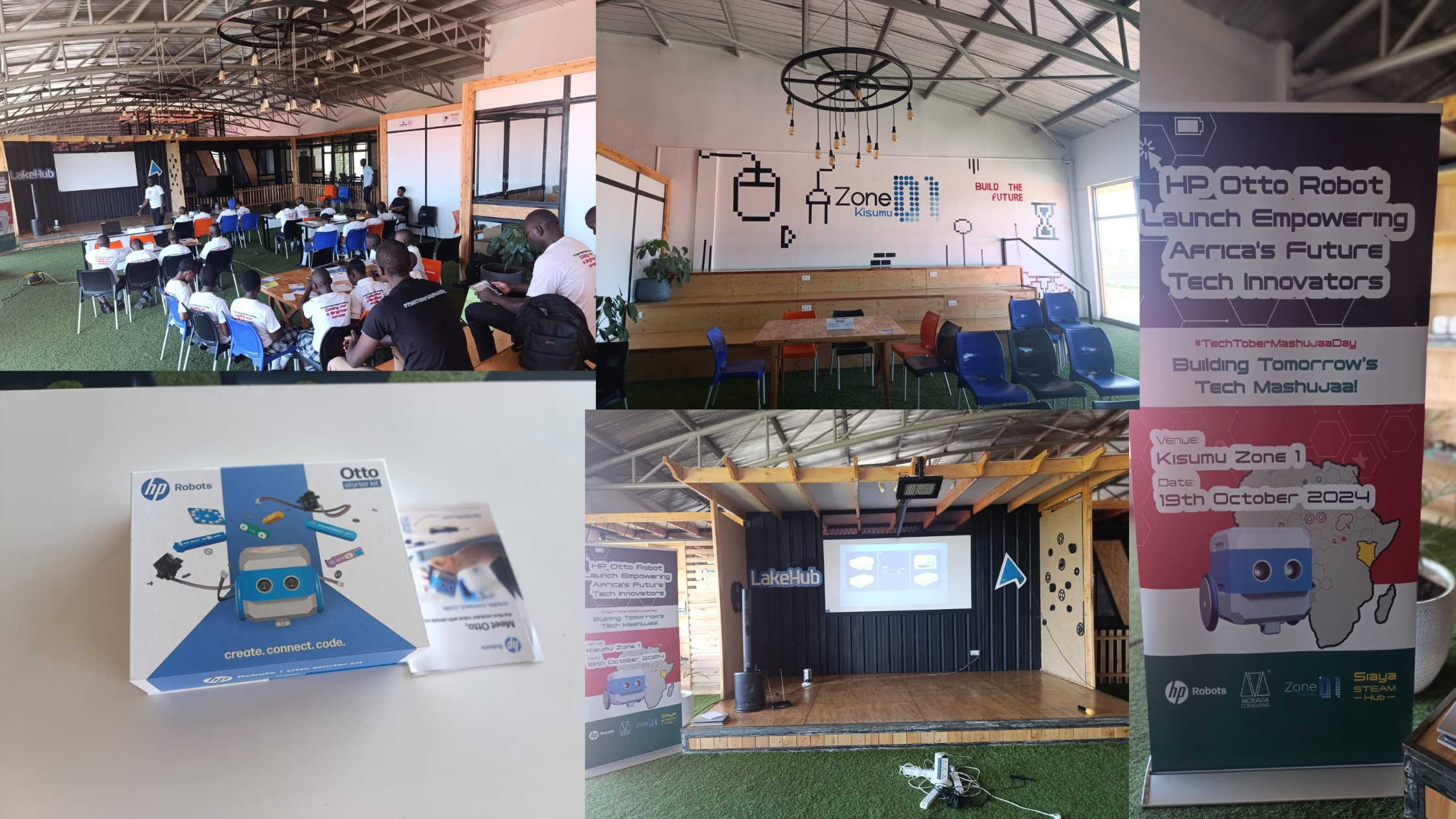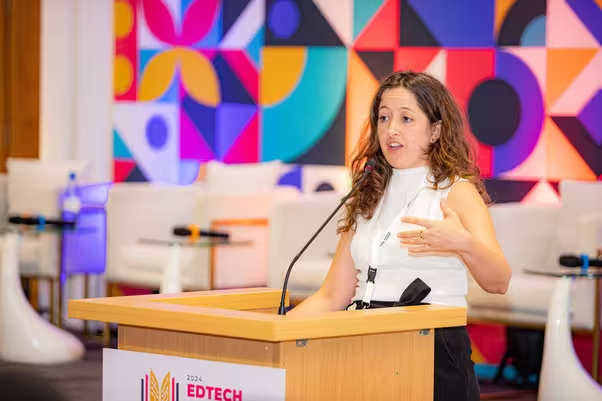Franklin D. Roosevelt said: “To reach a port, we must sail—sail, not tie at anchor—sail, not drift.”
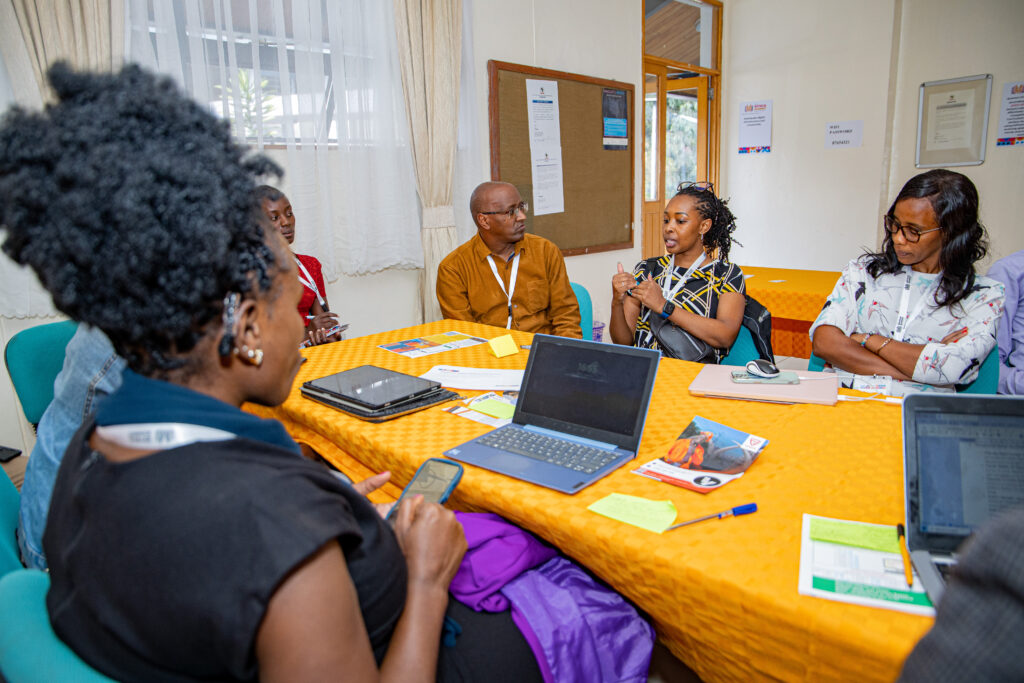
Speaking at the opening session of the EdTech Summit 2024: Kenyan Edition, organized by the EdTech East Africa Summit, Suraj Shah shared snippets about when EdTech East Africa first set sail 10 years ago.
As the Head of Strategic Partnerships and Thought Leadership at the Center for Innovative Teaching and Learning at the Mastercard Foundation, Suraj and other intrepid co-sailors have been paddling the oars driving EdTech Monday’s convos on NTV since 2020.
Suraj reflected, “The idea of EdTech Summits began with a conversation from EdTech Mondays, a program with the Mastercard Foundation. We demystified EdTech.” EdTech East Africa, congratulations on 10 years; you’ve been a wonderful partner.”
Mastercard Foundation is supporting the Young Africa Works goal of 2030. Their goal is to help 13 million young people in Africa, 70% of whom are young women, find meaningful and fulfilling work.
It was only appropriate that the last session of the two-day summit was about setting a 10-year collective vision. The session I attended was for learning leaders.
What is important for this team to include?
“I think after listening to the conversations and seeing the demos, there’s a lot of focus on children; there’s a lot of focus on content creation, but I haven’t seen deep thoughts on how the teacher will be supported,” one attendee noted.
“I believe that, even as development partners or creators, we have placed a lot of focus on the child, materials, and infrastructure, often overlooking the crucial role of the teacher in all this.”
Our innovations are endless, but where does the teacher fit in?
To make meaningful strides in the next decade, the teacher needs holistic support from all stakeholders. There is also a need to rethink designing resources to support teachers in technology, as well as retooling and capacity building.
Continuous sensitisation
Moses, a teacher from Siaya, emphasized the importance of sensitization in this EdTech type of communication and conversation. Moses clarified that his use of the term “sensitization” stems from the lack of training for school leaders. That’s because you’ll be teaching them from January to December.
“But you sensitize them to what their teachers are learning, helping them advance.”
When they go to school, the gatekeeper of any practice in a school is a school leader. We must therefore provide them with support.
Mindset
Addressing a mindset issue is also necessary. Someone mentioned that he was conversing with the teachers, suggesting that he would prefer to learn alongside the children due to their ease of understanding.
“But there is a mindset among teachers that suggests a child should not possess more knowledge than they do.” This is untrue, as our children can utilize technology to a greater extent than we do.
Several individuals observed that the younger generation embraces EdTech quickly, while the older generation takes longer to adjust to technological advancements. In many cases, the heads of institutions are older people. This poses a distinct challenge.
There needs to be a method to alter the mindsets of educators who are firmly entrenched in their practices. Should that mindset shift not occur, students will possess a deeper understanding of technology than their teachers.
Inclusivity
The issue of inclusivity warrants further investigation. Learners with special needs also want to learn and work with technology. However, we can only achieve this if we make deliberate efforts to devise solutions that not only address their unique personal situations, but also somewhat alleviate them.
Players in the EdTech space should keep in mind that there is a need for assistive devices for learners with special needs. This is a big challenge. Even the government is not able to provide equipment for learners with special needs across the board.
To use EdTech to produce inclusive, effective, and resilient learning, we must rethink accessibility. We must consider moving the EdTech ecosystem towards evidence-based, technology-enabled teaching and learning.
Succession planning
Succession planning was another issue that emerged. Teachers come and go. They transfer. Some leave the profession. Most of the time, a new teacher must start from the beginning. Yet, for instance, it took their predecessor years to carve their niche.
When this occurs, there are numerous gaps because there are no mentoring programs or succession plans. Ideally, school leaders, as well as those who have been on the job longer, should mentor young, aspiring school leaders. However, there are established programs for such problems.
Sustainability
The group discussed the issue of sustainability and efficiency. They noted that EdTech stakeholders must ensure that systems are more sustainable and efficient. This will assist, among other things, in identifying issues and making necessary corrections. before they become too late. Additionally, sustainability will help with resource allocation, preventing resource waste.
The research paper, EdTech Tools for Sustainable Practices: A Green Revolution in Education, highlights the rapid advancement of Education Technology (EdTech). EdTech offers promising opportunities for educational institutions to integrate sustainable business practices into their operations and curriculum. The integration of EdTech into sustainability education has emerged as a powerful tool to promote environmental awareness, foster sustainable behavior, and address the pressing challenges of climate change and resource depletion.”
Vision statement
Having a vision and mission for your EdTech startup is not only important for defining your goals and values but also for attracting and retaining your customers, investors, and employees. A vision statement describes the ultimate impact that you want to make in the world through your product or service, while a mission statement explains how you will achieve that impact.
As the education landscape continues to evolve, EdTech leaders face a multitude of challenges in meeting the needs of students, teachers, and parents. To navigate these challenges effectively, EdTech leaders need to have a clear vision and mission that align with the needs of the education sector.
Conclusion
Over the next ten years, learning leaders will be individuals who can effectively apply pedagogy. Ideally, these leaders should be capable of guiding all instructional practices and assisting learners in achieving specific academic milestones.
In 10 years, learning leaders ought to embrace inclusivity. When they depart an institution, they will leave personnel and systems that continue to succeed, if not do better.
The next decade’s learning leaders will “not tie at anchor,” but they will sail; they will not drift but sail to more ports.
